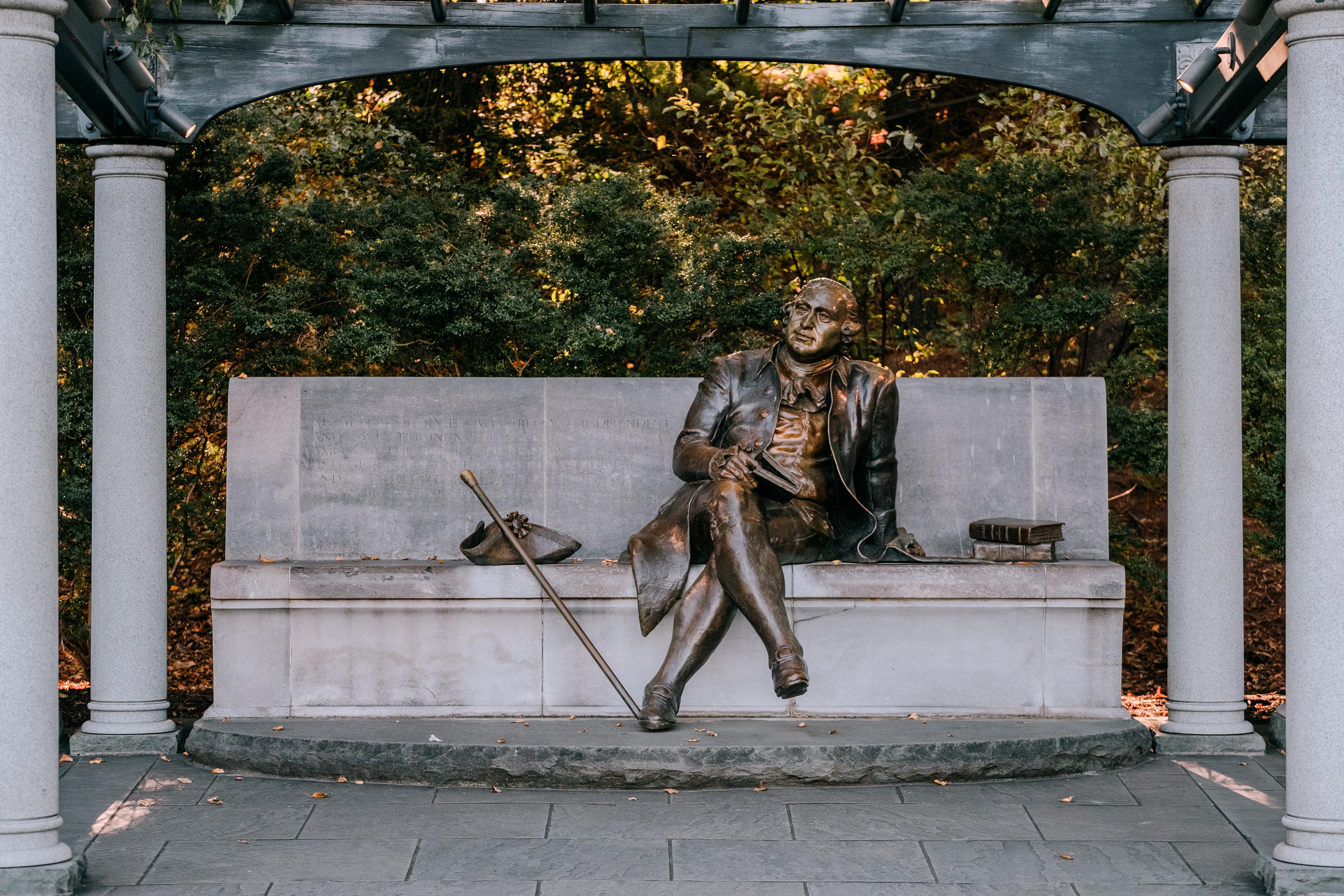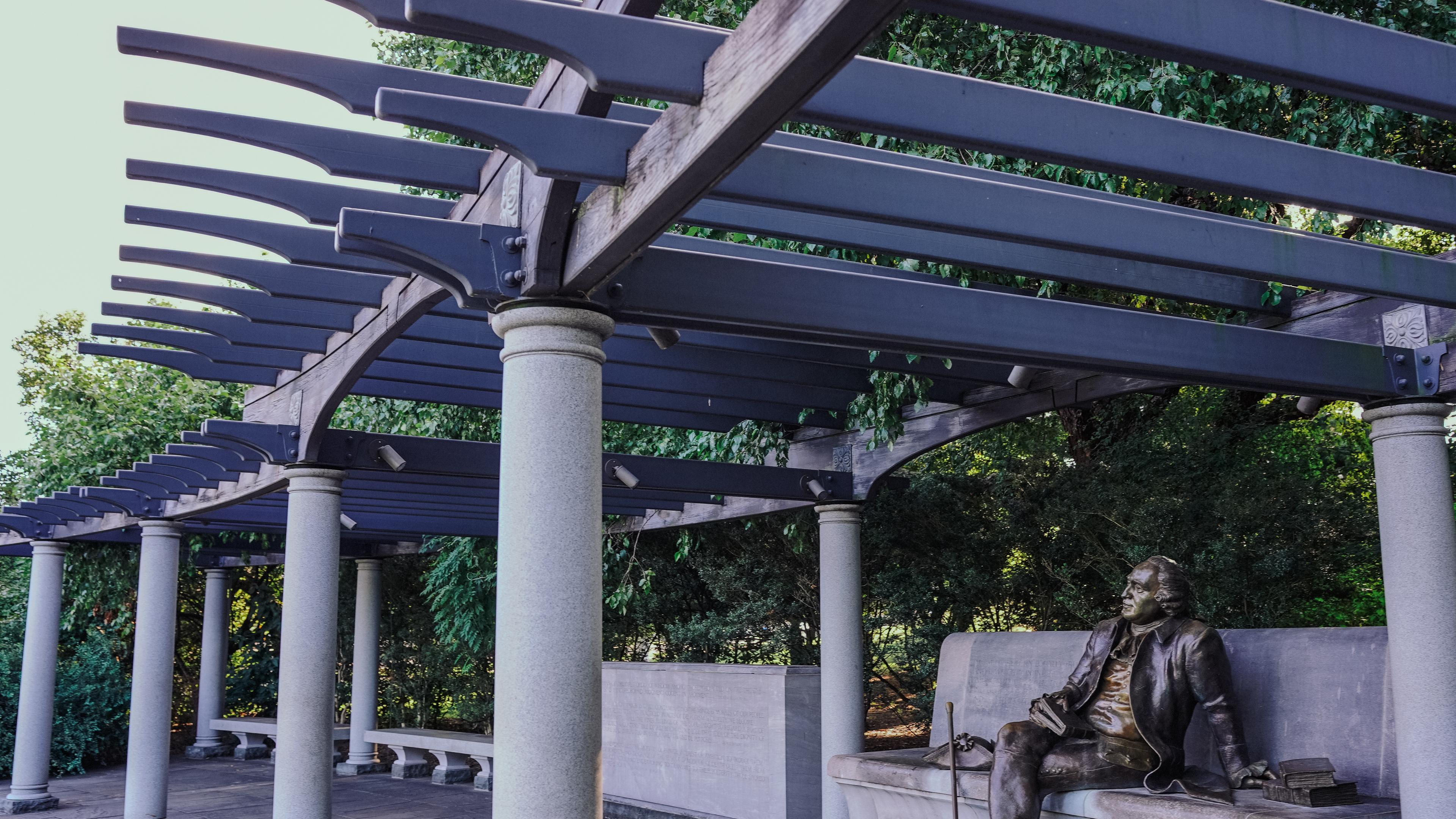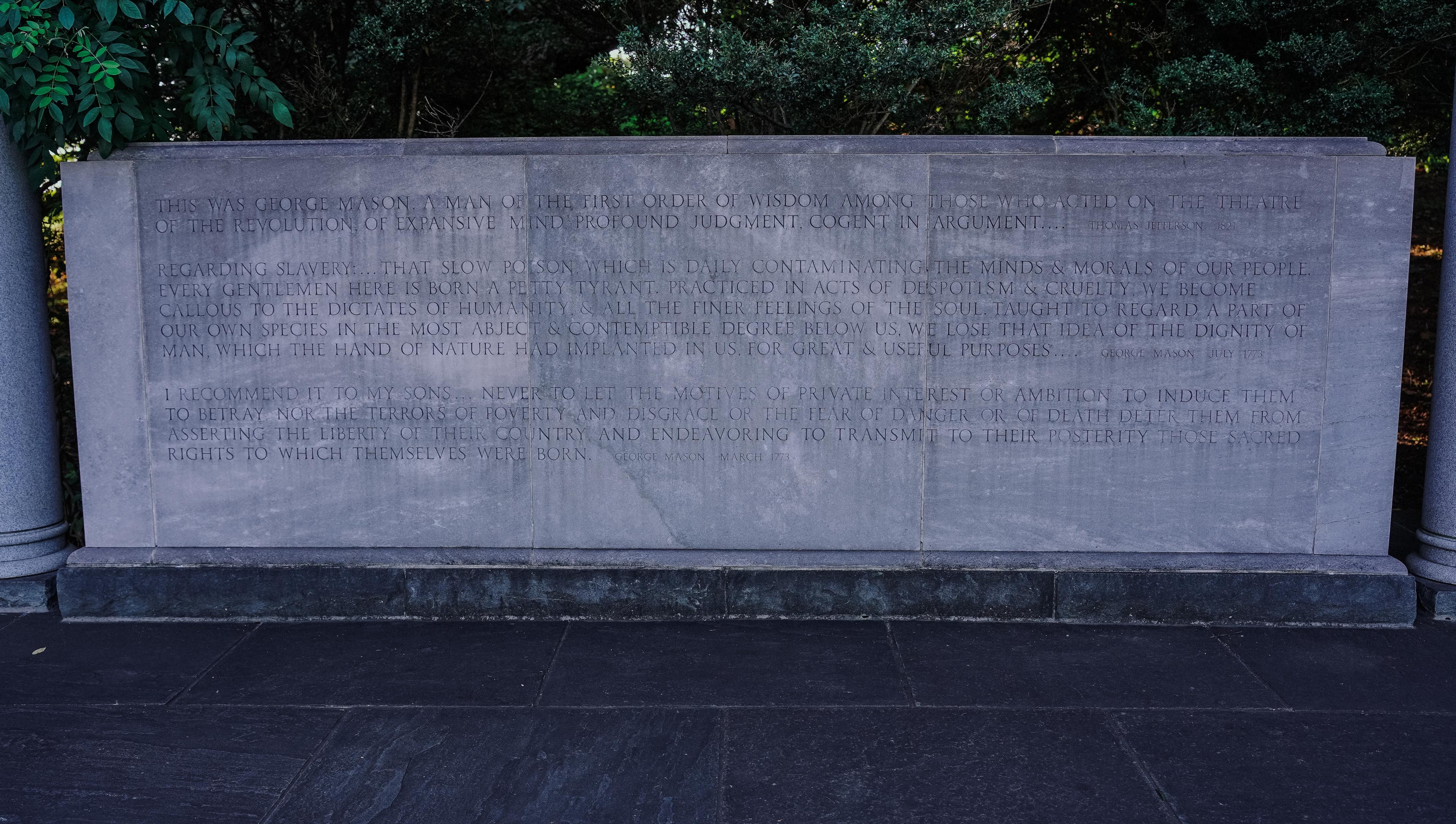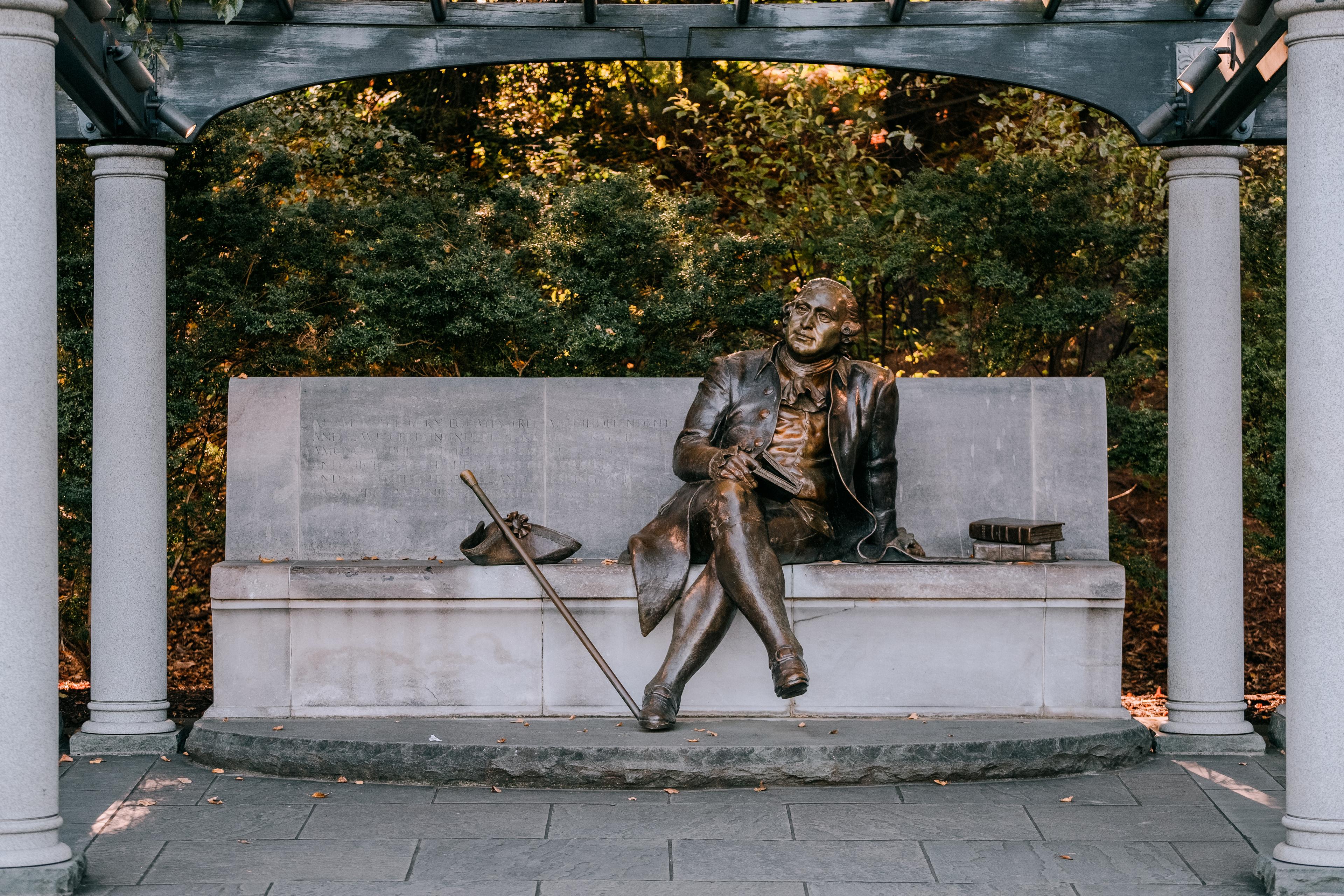
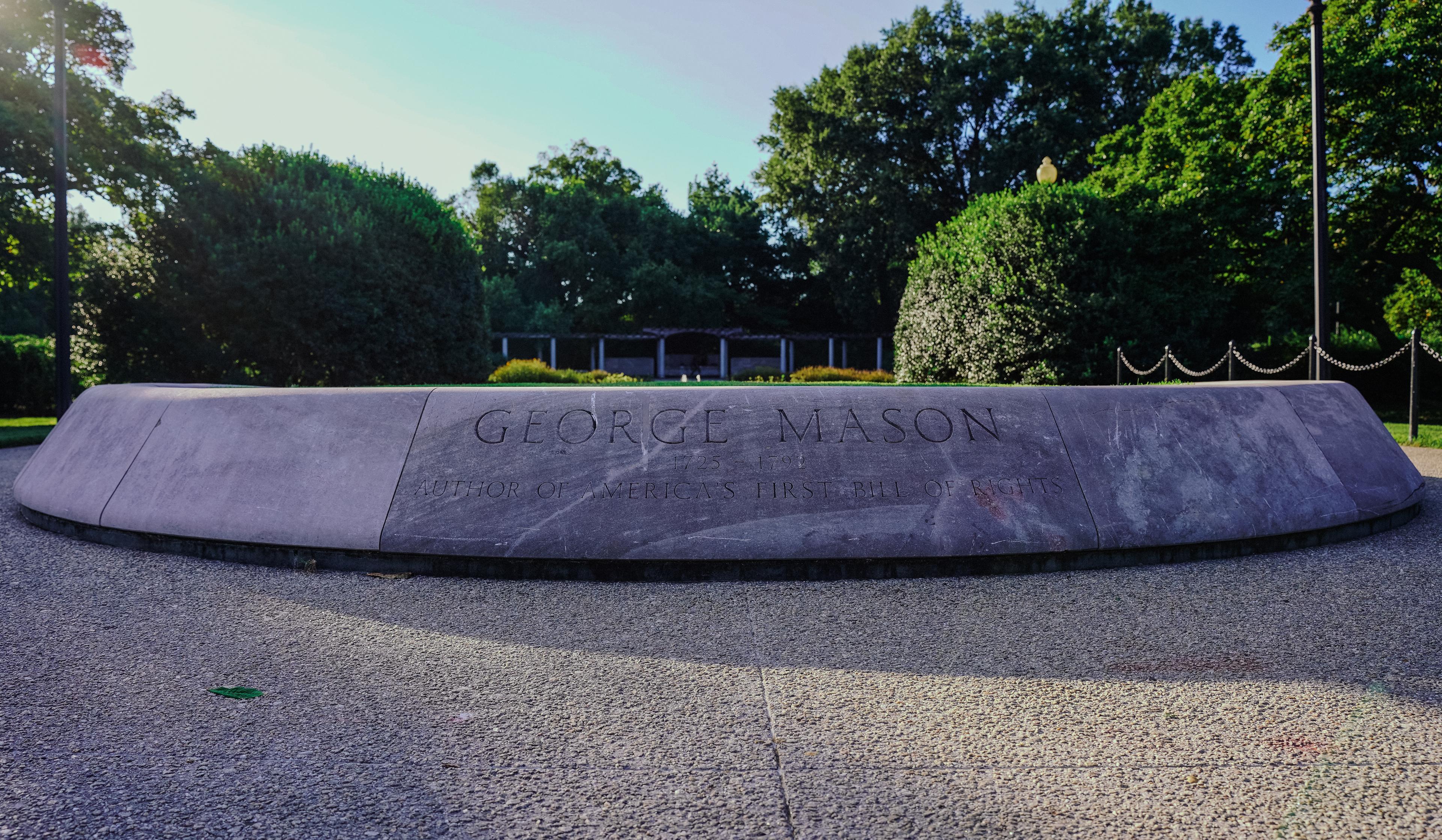
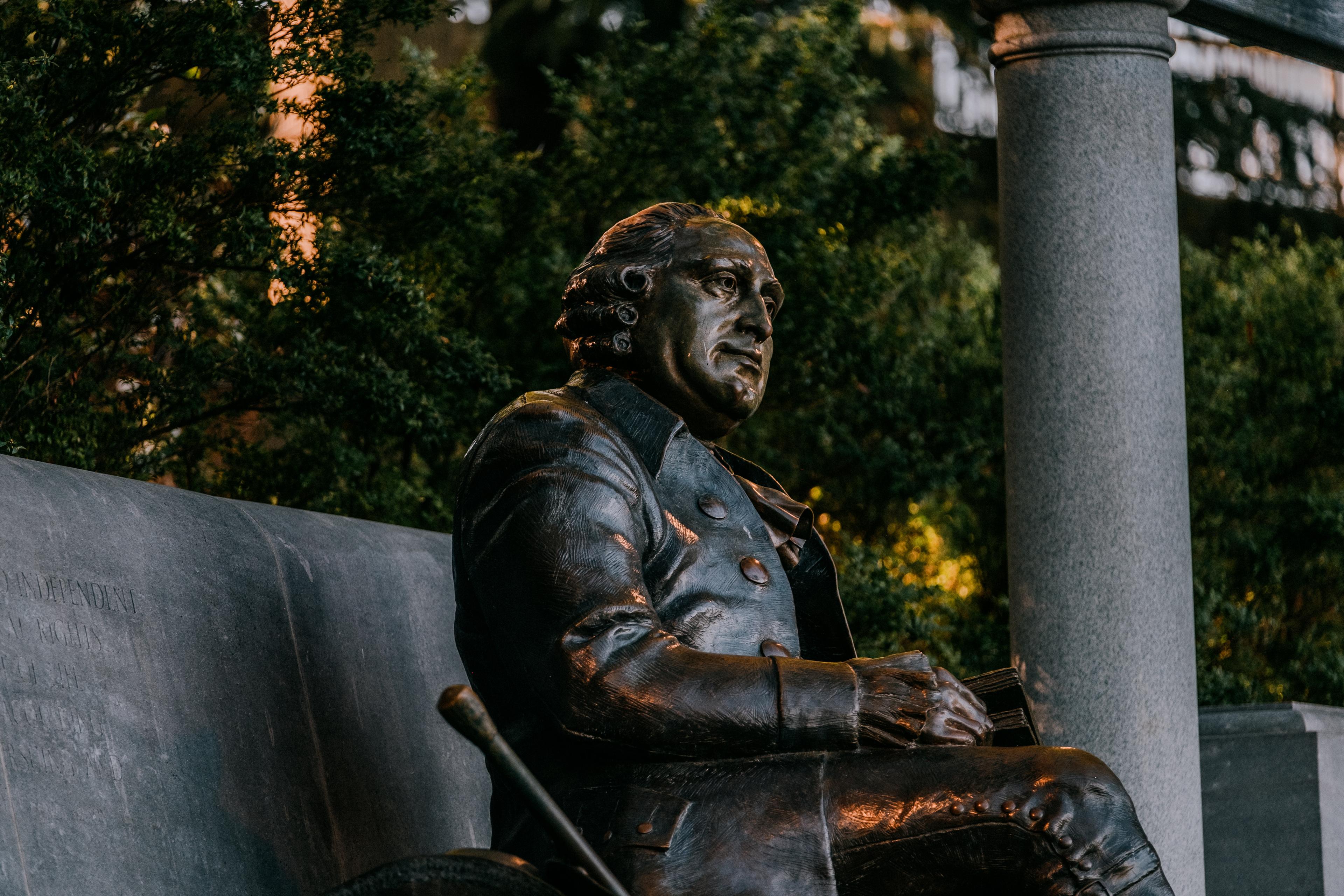
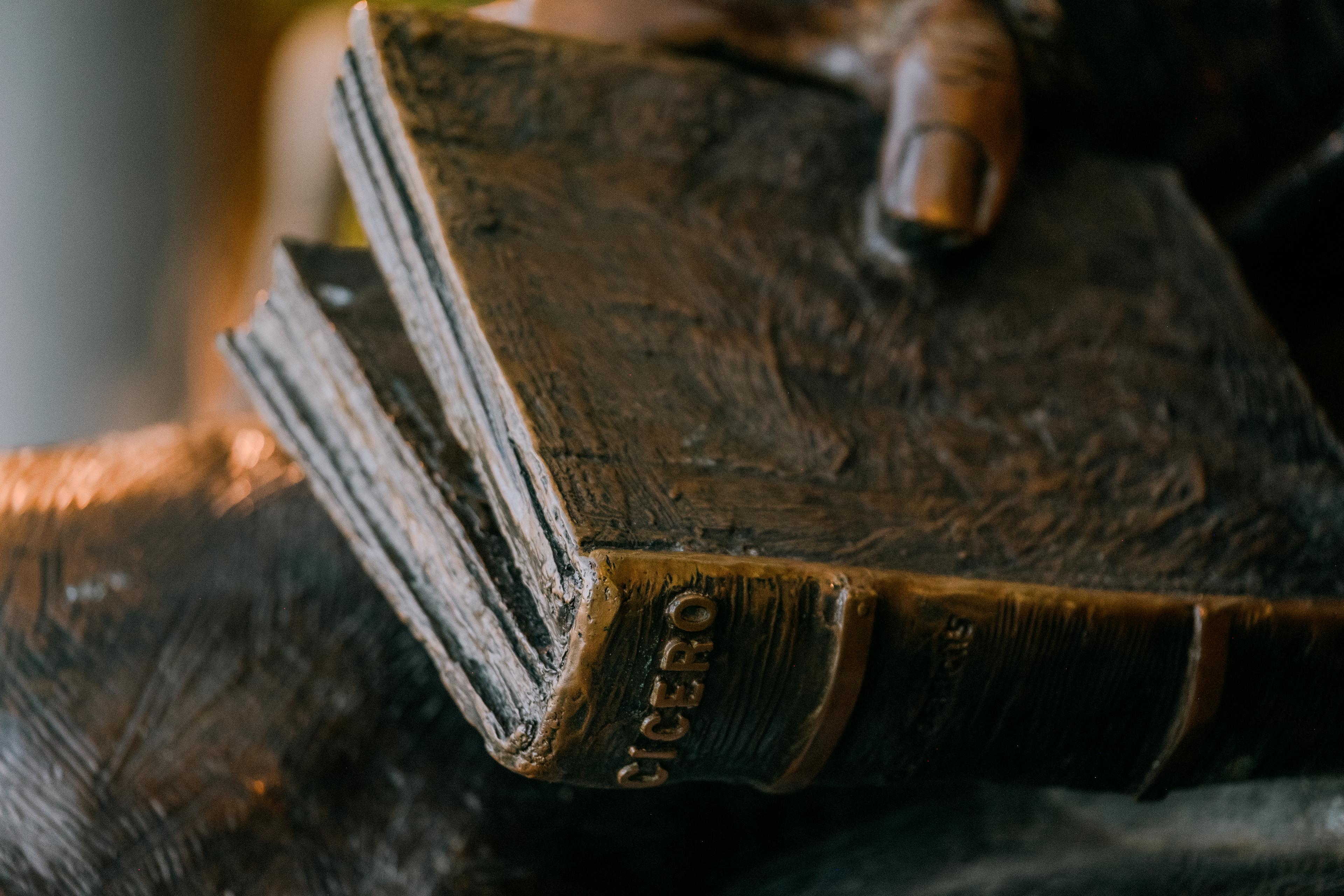
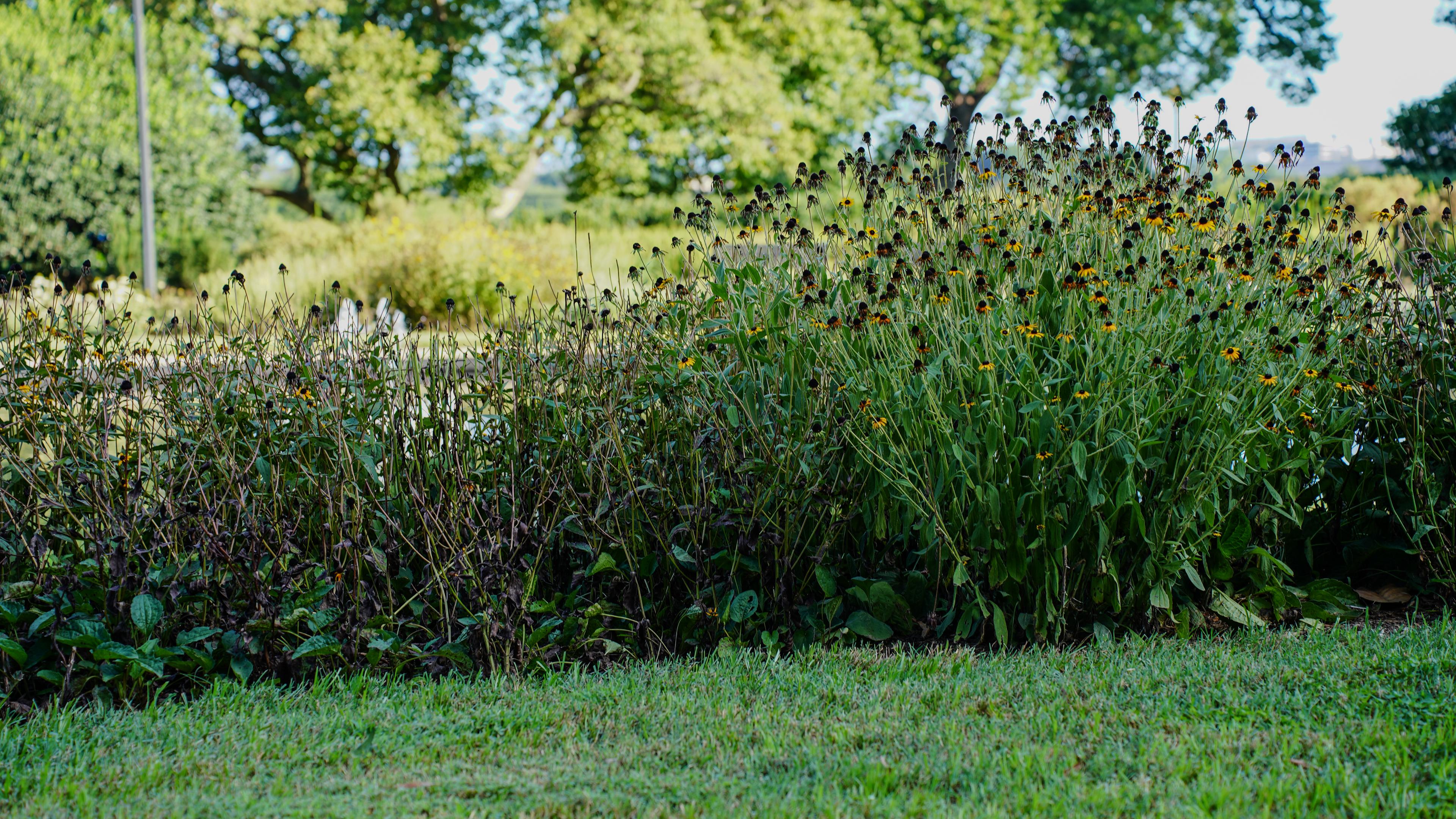
George Mason Memorial
900 Ohio Dr SW, Washington, DC
Amenities
- Wheelchair accessible
- Open 24 hours
- Food & drink — Kiosk at the Jefferson Memorial
- Restrooms — Available at the Jefferson Memorial; Daytime hours vary
During the government shutdown, open-air Memorials will generally remain accessible to visitors. Restrooms, bookstores, gift shops, and information kiosk services may be suspended. For more information, please visit: doi.gov/shutdown.
There are several multi-year construction projects ongoing around the Tidal Basin. While visiting the Memorial is not impacted, Ohio Drive SW and the Potomac Heritage Trail are closed for vehicle, bicycle, and pedestrian access between Independence Avenue SW and West Potomac Park Drive SW.
The George Mason Memorial is located near the intersection of Ohio Drive and East Basin Drive, close to the Inlet Bridge in West Potomac Park, near the Thomas Jefferson Memorial. The Memorial serves as a tribute to Mason’s legacy and his contributions to American history, particularly his role in advocating for individual liberties and the Bill of Rights.
The Memorial was authorized on August 10, 1990, and dedicated on April 9, 2002. The design includes a 72-foot-long stone wall and a bronze statue of George Mason that is one-third larger than life, depicting him seated. The architect for the Memorial was Faye B. Harwell, and the sculptor was Wendy M. Ross. The board of regents of Gunston Hall, Mason’s home in Fairfax County, selected the design and location for the memorial. Groundbreaking for the Memorial took place on October 18, 2000.
History
Timeline of events
George Mason IV was born in Dogue’s (Tauxenent) Neck, in what is now Fairfax County, to Ann Stevens Thomson and George Mason III, a planter and member of the Virginia House of Burgesses.
At the age of 9, George Mason IV's father died in a boating accident, leaving his younger namesake part of 5,000 acres in Virginia and Maryland, and thirty-five enslaved people.
Mason is named to the Court of Fairfax County, Virginia.
Mason marries Ann Eilbeck.
The Masons have their new plantation and home, Gunston Hall, constructed in Mason Neck (Dogue’s Neck).
Mason is elected to the Virginia House of Burgesses.
Ann Eilbeck Mason passes away, leaving Mason a widowed father of nine.
The Virginia Declaration of Rights is ratified.
Mason marries Sarah Brent.
Mason serves as one of Virginia’s delegates to the Constitutional Convention.
Mason passes away at the family plantation.
The Long Bridge is constructed, occupying almost the exact position as the 14th Street Bridge today. It became so heavily used that Congress decided to build a second bridge seventy-five feet downstream, with the area between the bridges becoming known as Potomac Flats.
Civil engineer Alfred Landon Rives submits plans to reclaim 166 acres of mudflats near Long Bridge to make a park.
Major Hains of the Army Corps of Engineers completed the majority of the dredging and reclamation work.
Congress passes Senate Bill 3307 which stated that the 723 acres of reclaimed land be designated Potomac Park and be developed as a public park for scenic and recreational purposes.
The original fountain that sits in the Mason Memorial site is built.
Fountain #4 is redesigned and into the Pansy Garden on the current Mason Memorial site in West Potomac Park.
The other three fountains and other Pansy Gardens are demolished to make space for construction on the Rochambeau Memorial Bridge (now the Arland D. Williams Jr. Memorial Bridge; the current Rochambeau Bridge was originally the Center Highway Bridge, and inherited the Rochambeau name after the original one was renamed after the Air Florida Flight 90 crash in 1982).
Congress Public Law 101-358, authorizing the board of regents of Gunston Hall to develop and construct the Memorial.
The groundbreaking ceremony for the start of the Memorial construction is held. Alexandria-based architecture firm Rhodeside & Harwell Incorporated is placed in charge of design, while the statue is made by sculptor Wendy M. Ross of nearby Bethesda, MD.
The Memorial is dedicated in a ceremony, attended by Virginia Senator George Allen and Representative (for Fairfax County) Thomas M. Davis III.
The Memorial closes to undergo a yearlong restoration project under the Trust for the National Mall; the central fountain is rebuilt, and additional flora is planted.
Key Features
Cultural Impact
The George Mason Memorial is one of the three sites on the National Mall where wedding ceremonies are allowed with a permit!
Reflection Questions
High school learners: Our nation’s past is complex and often provokes reflection, especially as we look to the future.
Why was George Mason sometimes called a “reluctant statesman”?
How did George Mason’s Virginia Declaration of Rights shape later American and global ideas about liberty?
In refusing to sign the Constitution, Mason risked his reputation. What does this reveal about the role of conscience in politics?
Educational Activities
Other Resources
Interested in learning more? The following links will provide you with additional context and information:
